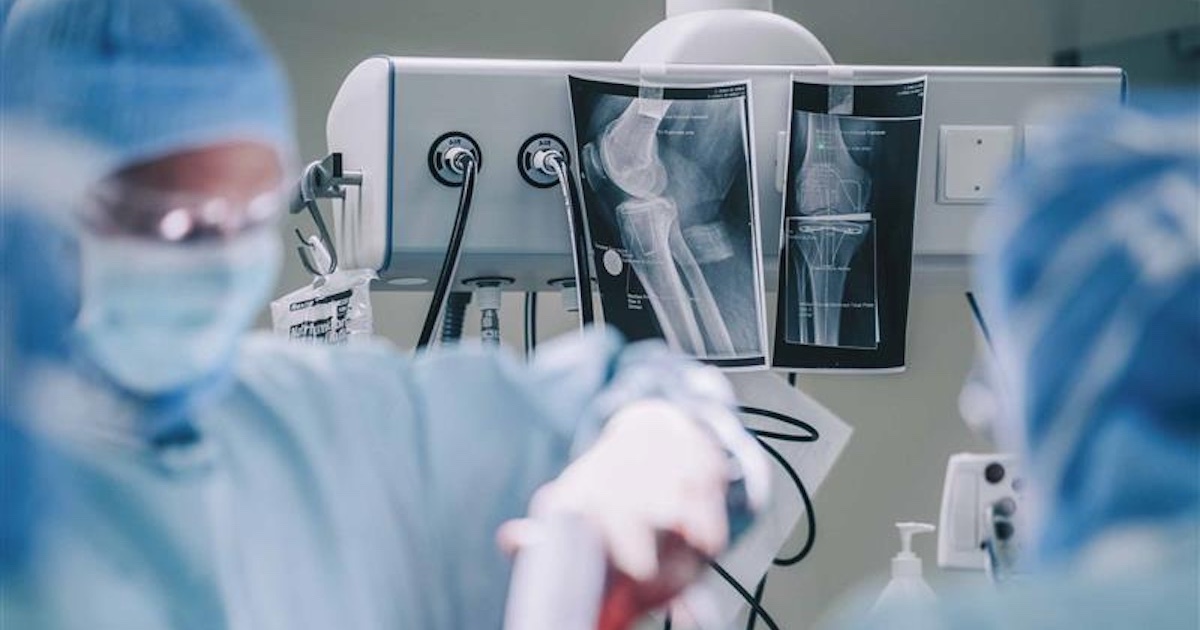Wearable computers to date have been only slightly more stylish than those beige boxes of PCs past.
The developing market for “wearables” includes body sensors connected wirelessly to mobile devices, with a broad audience envisioned for athletes, quantified-selfers, parents who want to monitor children and physicians and hospitals that could remotely monitor patients. Wearable technology could yield innovation in healthcare beyond fitness, but the audience is still being developed, said Murray Aitken, executive director of the IMS Institute for Healthcare Informatics.
Could disguising wearables as jewelry spark an uptick?
Researchers at Dartmouth and Clemson Universities are hoping so. In a project dubbed Amulet, they're designing a fashionable wearable body area network (WBAN) that essentially serves as a health management hub that collects data from various health monitors.
The jewelry could be used to collect data from such devices as a glucose monitor or a treadmill, according to David Kotz, a computer science professor and the Amulet project lead at Dartmouth.
Ultimately, Amulet is designed to become a central repository, much like a data warehouse, for reporting and data analysis. And like a data warehouse, it can store new and historical data for trending reports.
Amulet applications could send the results to a personal health record by uploading to a smartphone. According to Kotz, PHRs are currently designed for encounter-based record-keeping between the patient and the healthcare system. The idea of Amulet is to create a continuous encounter interface where a subset of data is sent to the health record.
In the future the device could also be used to track medication compliance, send reminders when it’s time for another dose, and even provide data to first responders if the wearer has a medical emergency.
Called “computational” jewelry, Kotz believes such a WBAN offers numerous benefits versus using a mobile phone app for data collection. For certain health applications users need an always-present device that interfaces with the wearer. This is not always possible with a smartphone, especially when playing sports and leaving the phone in a gym bag on the sidelines. Nor is a smartphone display the most appropriate venue for sensitive health issues, according to Kotz. In principle, at least, mobile medical devices must also be designed to a higher standard than the average cellphone.
The jewelry is designed as either a bracelet or pendant and uses the low-energy-consuming ANT Plus wireless sensor networking protocol.
There are still numerous technology hurdles, however. By Kotz’s own admission, the many different mobile health devices don’t all speak the same language; most exist in their own “vertical” stack.
Perhaps the biggest hurdle is the limited power supply. What needs to be figured out is how much power is required to provide for the functionality of the device. Does it last a day or a month before it needs recharging? This is especially relevant if the device is intended for analyzing collected data. The more computations, the greater the demand for energy use. The goal for the researchers at Dartmouth is to power the Amulet for at least one week on a single charge.
Among the many power sources being explored, the most interesting is “energy harvesting.” This entails energy harvested from ambient radio signals, light or physical motion. Currently these sources offer enough power for only the smallest devices.
At present, Amulet is one of hundreds of projects targeted for mobile healthcare – though only about 150 apps in iTunes currently work with some type of body sensor, according to Aitken.
"We do have a patent pending on many of the ideas underlying Amulet,” Kotz said. “Also, of course, we plan to publish our research results in the academic literature."
The winners and losers will be sorted out over time. The good news about Amulet drawing $1.5 million in National Science Foundation funding is that with so many universities and private enterprises working toward similar goals, so ground-breaking mobile health solutions should be on the horizon.
Ephraim Schwartz is a freelance writer based in Burlington, Vt. Schwartz is a recognized mobile expert and columnist, having spent 15 years as Editor-at-Large for InfoWorld, half of them covering the mobile space. Prior to that he was Editor-in-Chief of Laptop Magazine.
— Associate Editor Anthony Brino contributed to this report.
Related:
Clinical researchers reveal best way to send a text message
Reporter's notebook: The coming convergence of ACOs, mHealth and telemed


